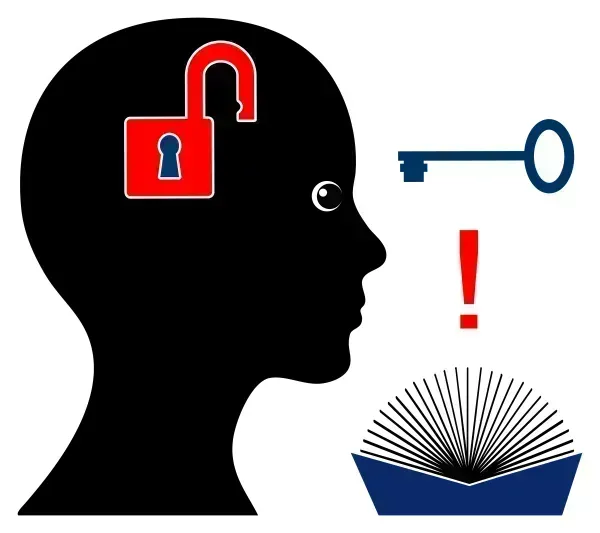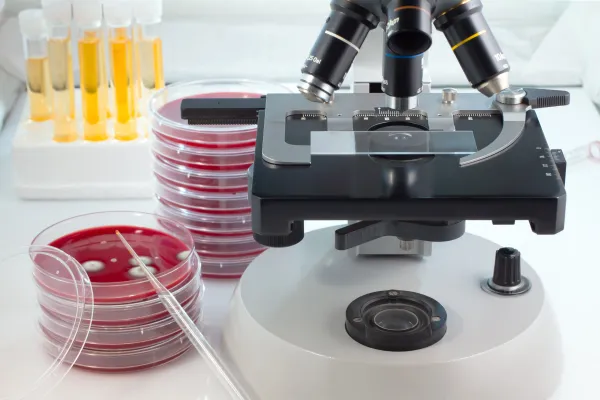Pinpoint the Diagnosis Difference Between Tenderness and Rebound Tenderness

Hint: The patient’s description will help you make the choice. Some problems that patients present with are simple for your urologist to diagnose, such as a urinary tract infection. Others, however, can be more difficult to pinpoint. Take, for example, a patient who comes to your office because of right upper quadrant abdominal pain that the physician cannot document with a definitive diagnosis. Your only option is to code based on the patient’s signs and symptoms and hope for the best in terms of reimbursement. When you find yourself in that situation, remember ICD-10’s guidelines, using our case of right upper quadrant abdominal pain as an example. Start with the Pain Type Your first step toward assigning diagnosis codes is to start with the choices for pain or tenderness in the upper right abdominal quadrant: Take note: Diagnoses R10.811 and R10.821 distinguish between “tenderness” and “rebound tenderness.” Rebound tenderness is described as pain or tenderness that is more pronounced after a sudden release of pressure, such as when the physician presses on the abdomen and then rapidly removes his hand. Rebound tenderness often indicates an intraperitoneal inflammatory process or a more serious surgical problem, says Michael A. Ferragamo, MD, clinical assistant professor of urology, State University of New York Stony Brook. Get the Documentation You Need Without a specific clinical diagnosis for the pain or tenderness you will decide which code to report based on whether the physician documents the primary symptom as pain (R10.11) or tenderness (R10.811 or R10.821). What it means to you: Therefore, physicians and other providers need to distinguish whether the patient is experiencing pain, tenderness, or rebound tenderness. They also will need to document the abdominal site of pain, tenderness, or rebound tenderness. Your ICD-10-CM options are: Check point: One option provided by ICD-9 in years past was the option of “other specified site,” which included multiple sites (the fifth digit of “9” under ICD-9). ICD-10 does not offer this choice for abdominal pain. Therefore, if the patient has pain or tenderness in multiple sites in the abdomen, you will need to report multiple ICD-10-CM codes, one for each site.




